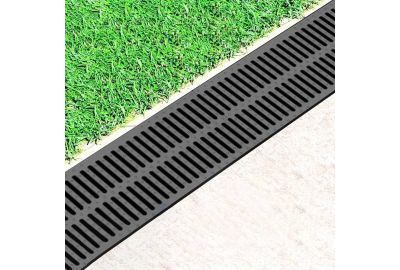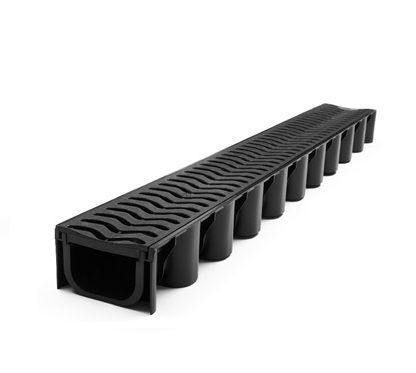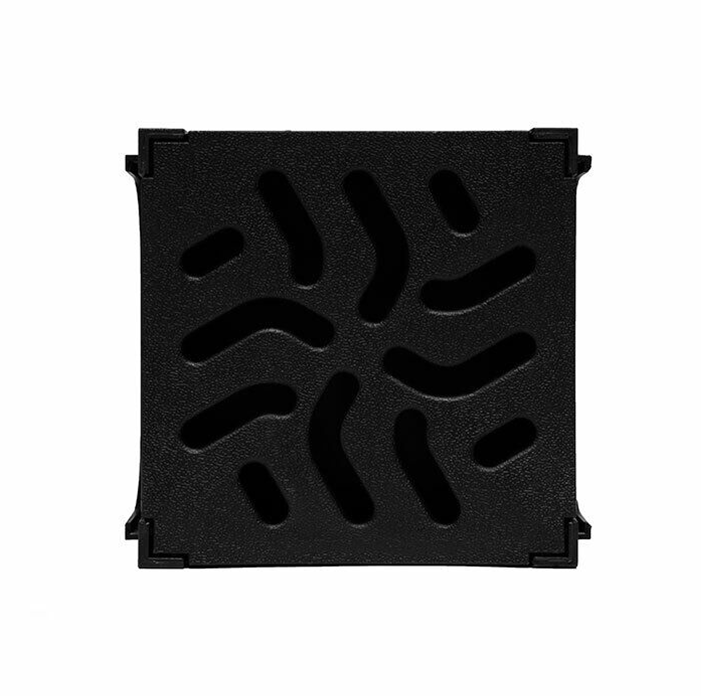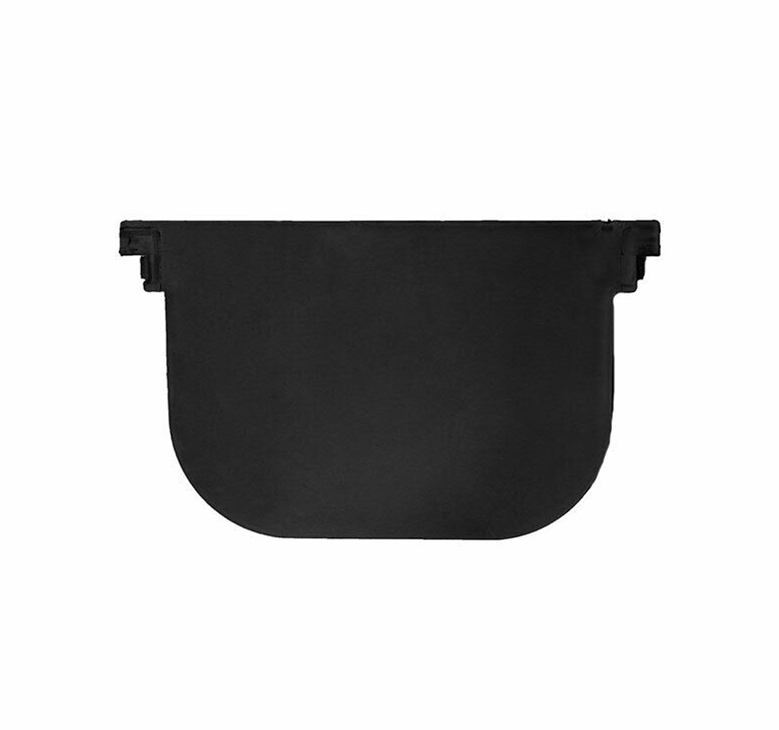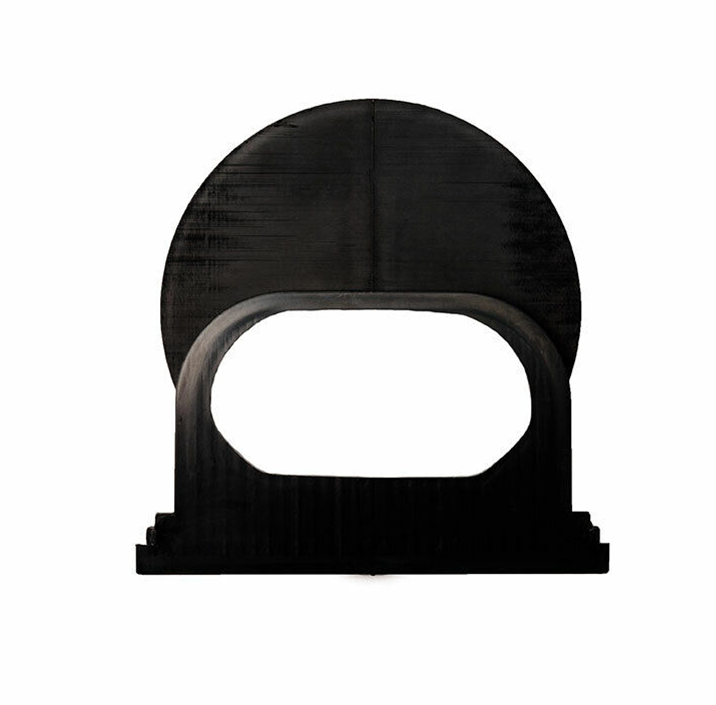Benefits of Storm Drains in Modern Drainage Systems
Benefits of Storm Drain channels in Modern Drainage Systems
In urban environments, effective stormwater management is crucial to preventing flooding, protecting water quality, and ensuring public safety. One innovative solution that has gained popularity in recent years is the storm drain system. This article will provide a comprehensive overview of storm drains channels, their features, benefits, and their role in sustainable urban drainage practices.
What is a Storm Drain Channel?
A storm drain system is a crucial infrastructure designed to manage and direct excess rainwater and floodwaters away from urban and developed areas. This system typically comprises a network of gutters, drains, catch basins, pipes, and retention ponds that work together to prevent water accumulation, minimize flooding, and reduce erosion. By transporting stormwater to designated drainage channels, rivers, or treatment facilities, these systems help protect properties, reduce pollution, and safeguard water quality in natural ecosystems. Ensuring that storm drain systems are well-maintained is essential for effective urban water management, especially in areas prone to heavy rainfall or rapid development.
Key Features of Storm Drain Systems:
A well-designed storm drain system plays a crucial role in managing urban water runoff, preventing flooding, and protecting water quality. One of its key features is the collection and conveyance of rainwater through a network of inlets, pipes, and channels, efficiently directing excess water away from streets and buildings. The system is typically designed with graded inlets that capture water flow, while underground pipelines transport it to treatment facilities or natural bodies of water. Additionally, the incorporation of detention basins or retention ponds allows for temporary storage of stormwater, promoting gradual release and filtration. Effective storm drain systems often include features such as separators for sediment and debris removal, green infrastructure elements like bioswales or permeable pavements, and regular maintenance protocols to ensure optimal performance. Together, these components enhance urban resilience, mitigate the impacts of heavy rainfall, and contribute to the health of aquatic ecosystems.
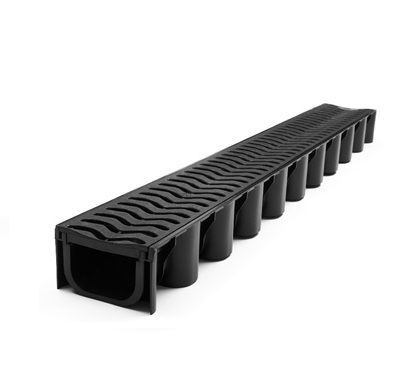 Shop our range today! - Click Here
Shop our range today! - Click Here
The Benefits of a Storm Drain System
A well-designed storm drain system plays a crucial role in managing surface water runoff, providing numerous benefits to communities and the environment alike. First and foremost, it helps prevent flooding by efficiently directing rainwater away from streets and properties, reducing the risk of water damage and property loss. Additionally, storm drains improve water quality by filtering pollutants and debris before they enter local waterways, thus supporting aquatic ecosystems. These systems also aid in soil preservation by minimizing erosion caused by excessive runoff. Furthermore, well-maintained storm drain systems contribute to public safety by improving road conditions during heavy rainfall and decreasing the likelihood of hazardous driving conditions. Overall, investing in storm drain infrastructure is essential for promoting sustainable urban development, enhancing community resilience to climate variability, and protecting valuable natural resources.
Understanding How Storm Drain Systems Work: A Brief Overview
Storm drain systems are crucial infrastructure designed to manage and redirect rainwater runoff, preventing flooding and water accumulation in urban areas. These systems typically consist of a network of inlets, pipes, and drainage basins that collect excess water during storms. When rain falls, the water flows into inlets along streets and parking lots, which are connected to underground pipes that transport the water away from populated areas. The system is designed to channel this runoff toward treatment facilities or natural bodies of water, filtering out debris and pollutants along the way. By efficiently managing stormwater, these systems play a vital role in protecting communities from flooding, reducing erosion, and maintaining water quality in local ecosystems.
Tips for Homeowners and Businesses When Installing Storm Drainage
Effective storm drainage systems are crucial in managing water runoff, preventing flooding, and protecting properties. Homeowners and businesses looking to install storm drainage should begin with a thorough assessment of their landscape and local regulations to determine the best and most compliant solution. It’s essential to choose the right materials—considering options like perforated pipes, catch basins, and trenches that suit the specific needs of your property. Professionals should be consulted to evaluate soil type, drainage patterns, and potential impacts on neighboring areas. Regular maintenance, including clearing debris from drainage channels and checking for blockages, is vital to ensure continued efficiency. Finally, integrating green infrastructure solutions, such as rain gardens or permeable pavements, can enhance drainage while promoting environmental sustainability. By following these guidelines, homeowners and businesses can significantly reduce the risk of stormwater damage and contribute to a more resilient community.
The Vital Importance of Storm Drains: A Short Conclusion
Storm drains play a crucial role in our urban infrastructure, serving as the first line of defense against flooding and water pollution. By efficiently channeling rainwater and melting snow away from streets, homes, and businesses, they help protect our communities from the detrimental effects of excess water. Furthermore, storm drains contribute to the overall health of our environment by preventing contaminants from reaching our waterways, thereby safeguarding aquatic ecosystems and drinking water supplies.
As we continue to face the challenges of climate change and urbanization, it’s essential to recognize the importance of maintaining and upgrading our storm drain systems. Community awareness and engagement can lead to better stewardship of these vital assets, ensuring they function effectively for generations to come. In conclusion, let’s advocate for sustainable practices and investments in our storm drain infrastructure, as they are integral to protecting our homes, enhancing public safety, and preserving our natural resources. Together, we can ensure that our storm drains continue to serve their essential purpose in our increasingly unpredictable weather landscape.
Click the images below for our products!


